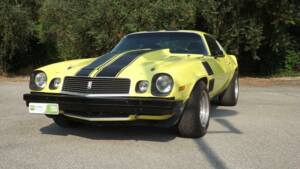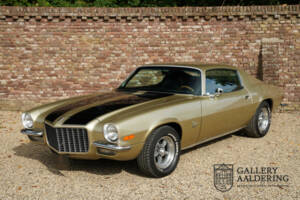Chevrolet Camaro classic cars for sale
The Chevrolet Camaro, first launched for the 1967 model year to rival the Ford Mustang, represents the essence of American pony and muscle cars. Known for broad engine options, distinctive design and immense customisability, the Camaro attracts drivers seeking authentic power, unmistakable style and an unmistakable US driving experience.
Search results
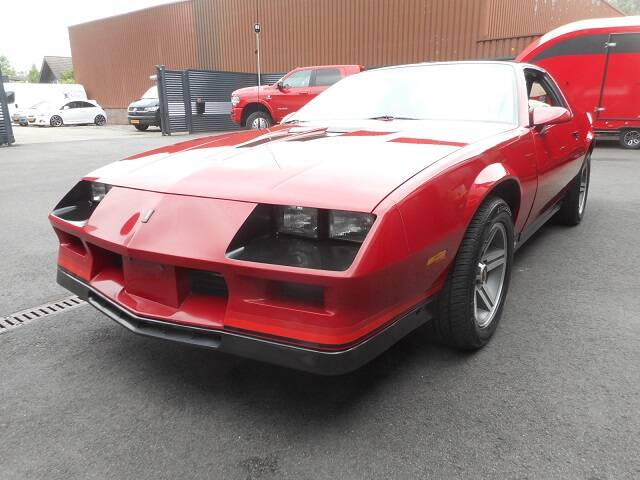
1983 | Chevrolet Camaro Z28
CHEVROLET CAMARO Z28 5.0 TARGA

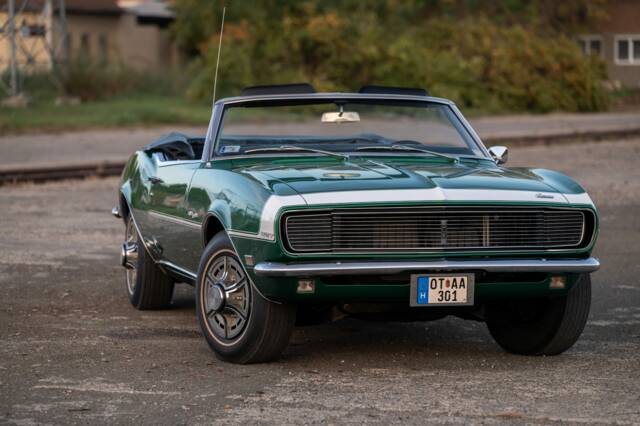
1968 | Chevrolet Camaro RS 327
Chevrolet Camaro RS327 Cabriolet | 1968 | Route 66 Auctions - For sale by auction. Estimate 59500 EUR

1991 | Chevrolet Camaro RS 191
Chevrolet Camaro
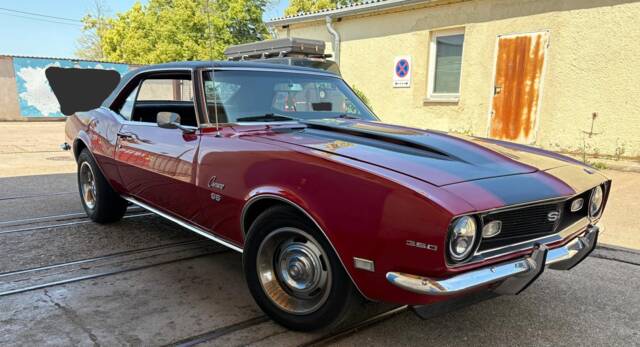
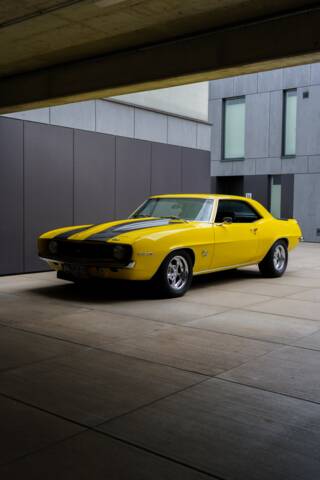
1969 | Chevrolet Camaro SS
Weihnachtspreis ! 🎄✨🎁Chevrolet Camaro SS 502CUI

1969 | Chevrolet Camaro SS-350
Limitierte Sonderserie Original Indy Pace Car
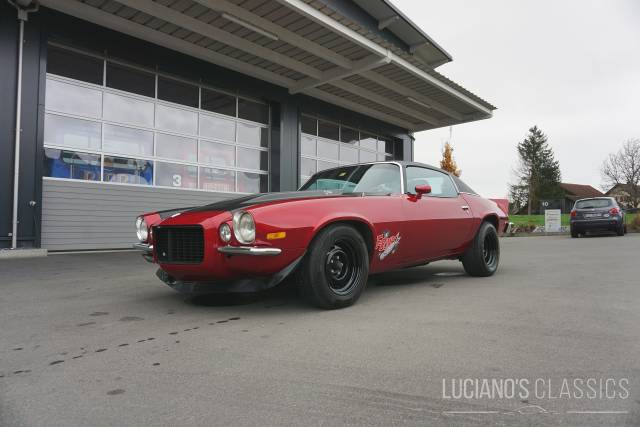
1974 | Chevrolet Camaro LT
Böse, laut und schnell: Dieser Z28 LT macht richtig Laune.
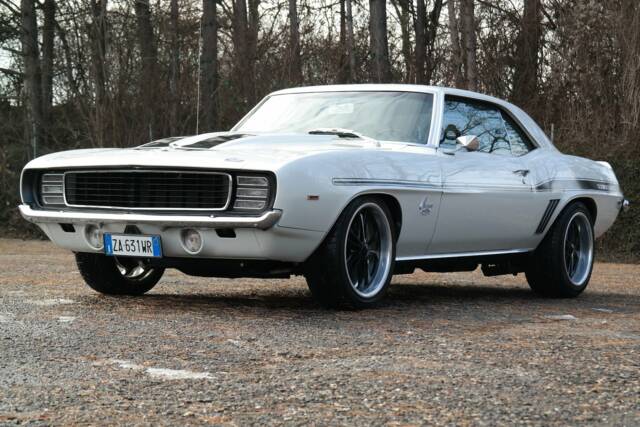
1969 | Chevrolet Camaro SS-350
Chevrolet Camaro SS Yenko S/C Recreation 454 Big Block // manual Gearbox 5-Speed //

1970 | Chevrolet Camaro
Chevrolet Camaro Sport Coupé "Split Bumper" In true driver's condition, Has been well maintained over the years, In the shade "Camaro Gold" with the all-vinyl "Bright Blue" bucket seats, Delivered new in California - "Blue Plate", Chevrolet's Sports Department answer to the Mustang,Equipped with the Four-Season AC, Matching Numbers example,

1969 | Chevrolet Camaro SS
Chevrolet Camaro | Uitvoerig gerestaureerd | 396 CUI | 1969
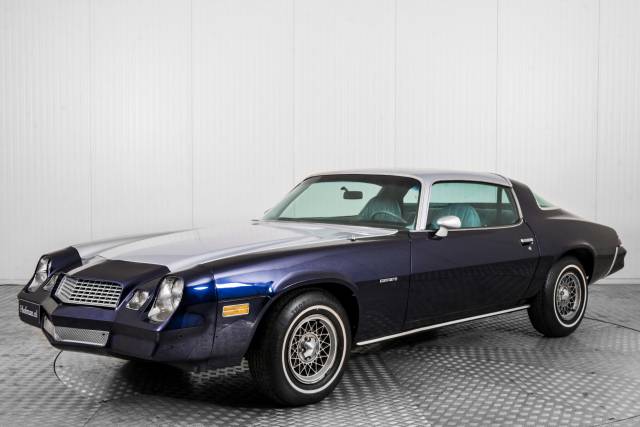
1979 | Chevrolet Camaro
Chevrolet USA Camaro V8 automatic
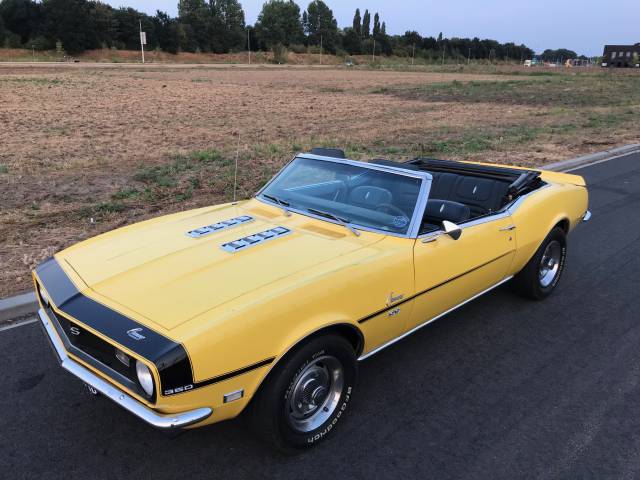
1968 | Chevrolet Camaro Convertible
Camaro 350 SS convertible 1968
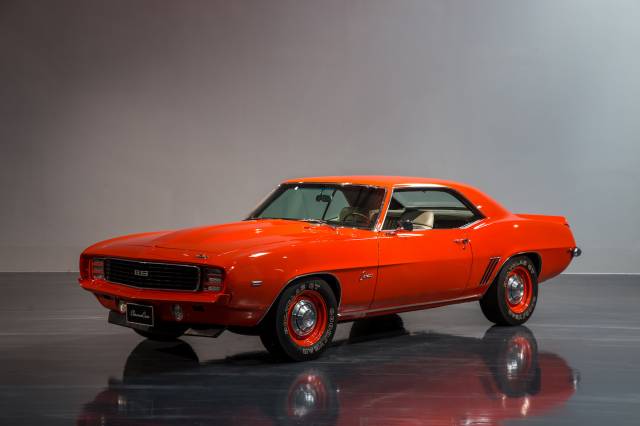
1969 | Chevrolet COPO Camaro
Wunderschöne Recreation des sehr seltenen Copo
History of the Chevrolet Camaro
The Chevrolet Camaro debuted in autumn 1966 for the 1967 model year as Chevrolet's answer to the immense success of the Ford Mustang. Conceived as a sporty coupé with options for convertibles, it was based on the F-Body platform, sharing many underpinnings with the Pontiac Firebird. The first generation (1967–1969) set the tone with rear-wheel drive, a wide range of engines and extensive personalisation. Subsequent generations evolved technically and visually: the second generation (1970–1981) saw Ferrari-inspired aesthetics and increased engine sizes up to 7.4 litres, the third (1982–1992) brought major updates in chassis and electronics, while the fourth generation (1993–2002) refined the formula before the initial production stop. The Camaro returned in 2010, continuing its place as a standard-bearer among American sports cars.
Camaro Model History
The Camaro has spanned six generations, each reflecting its era's trends and technology. The first generation (1967–1969) came as coupé or convertible, often with V8 engines; key variants included RS, SS and Z/28. The second generation (1970–1981) featured a larger body and new style cues reminiscent of Ferrari Berlinettas. The third generation (1982–1992) introduced McPherson strut suspension, fuel injection, and a shift towards lighter, more efficient builds. The fourth (1993–2002) saw increased performance with multi-port fuel injection and more robust brakes. After an eight-year break, the fifth and sixth generations revived the Camaro with even more powerful engines and contemporary technology. There is no direct predecessor to the Camaro, but spiritual succession can be traced from Chevrolet's earlier performance cars. Successors are traceable through the ongoing lineage up to the latest models.
Highlights and Unique Features
The Camaro diversified itself with its broad mechanical variants and option packages. Early editions offered everything from inline-sixes to big block V8s (notably the 427 and 454 cubic inch engines). The Z/28 model, crafted for racing, introduced high-revving small blocks and stiffer suspension. Hide-away headlights (RS package), rally stripes and bold exterior colours ensured visual recognition. Interior variants ranged from colourful vinyl seats in the '60s to leather and sport steering in later models. GM’s F-Platform provided a shared chassis with Pontiac’s Firebird, making some parts interchangeable. Today, restomods update original chassis with disc brakes all-round, modern air conditioning and infotainment gear.
Technical Data
Special Editions and Collectible Models
Some special Camaros are especially prized: The COPO 427 ‘Yenko’ from 1969, with Corvette engine, is one of the most powerful and rare classic Camaros. The 1968 Z/28, produced in limited numbers and homologated for racing, is known for its 302ci high-revving V8. The Camaro 1LE (from 1988) is another cult model, equipped for track use only and produced in very low numbers. Later tributes like Dale Earnhardt RCR 1969 Special Edition, and contemporary ZL1 versions continue this theme. Limited-run colour and trim packages, and special drag or luxury variants, all contribute to the Camaro's rich collector landscape.
Engine and Performance, Transmission and Handling
Typical driving experience revolves around powerful V8 acceleration and a characteristic American V8 soundtrack. Early cars were comfortable yet heavy, with straight-line speed as their calling card while handling progressed with each generation – especially once disc brakes and better suspensions became the norm. Fuel consumption is high in V8 variants, easily reaching 14–20 l/100 km. Standard configuration is rear-wheel drive, with automatic and manual options depending on year. - Camaro RS: Hide-away headlights, exterior trim upgrades, and improved handling.
- Camaro SS: Upgraded suspension and most powerful big block V8s for its era.
- Camaro Z/28 (1968/1969): Track-derived, 302ci V8 high-rev engine, limited numbers.
- Camaro COPO 427/Yenko: Corvette engine, very low production, hugely desirable among enthusiasts.
- Camaro IROC-Z and 1LE (mid-1980s): Noted for improved suspension, stronger V8s (up to 225 bhp in late '80s) – 1LE is especially rare.
Interior, Comfort, Exterior and Design
Distinctive design cues include pronounced bonnet domes, aggressive front split bumpers (from second gen), and signature stripes. Exteriors are often finished in bold American hues—black, red, yellow, Hugger Orange, silver—with diverse striping schemes. Interiors vary from simple bucket seat layouts to bench seats, funky 1970s vinyls, and more restrained 1990s styles with leather options. Accessories such as radio/cassette (later CD), power windows and air conditioning were available or retrofitted. Restomods today add custom electronics, improved sound systems and modern seats. GM’s use of the F-Platform offered parts compatibility with period Firebirds and Novas. The Camaro shape is instantly recognisable—long bonnet, short rear deck and muscular stance.
Other relevant features
Four-seat layout and broad mechanical compatibility mean Camaros can be well supported with replacement and upgrade parts from the lively US classic car scene. Many cars have been exported and retrofitted for European road standards. Documentation and classic car valuations are widely available. Restoration and modifications are common and widely accepted in Camaro culture.
Summary
Chevrolet Camaro classic cars offer a unique blend of performance, individualisation and authenticity. From early Series I models to highly specified big block or limited-run editions, buyers can find a wide range of styles and driving experiences. Statistical data underline the ongoing demand for first-generation models, while the diversity of variants makes the Camaro an enduring favourite in the US and abroad—supported by a robust aftermarket and active fanbase.

